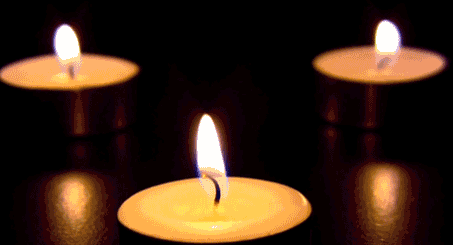From another newsgroup:
from -
USAF Flight Surgeon's Guide
Chapter 8
AEROSPACE OPHTHALMOLOGY
Thomas J. Tredici, M.D.
http://wwwsam.brooks.af.mil/af/files...hapter_08.html
QUOTE
Cockpit Illumination: The use of red light (wavelength greater than 650 nanometers) for illumination of the cockpit is desirable, because it, like red goggles, does not affect dark adaptation. Red cockpit lighting has been traditional since World War II. The intent was to maintain the greatest rod sensitivity possible, while still providing some illumination for central foveal vision. However, red cockpit lighting did create some near vision problems for the pre-presbyopic and presbyopic aviators. With the increased use of electronic and electro-optical devices for navigation, target detection, and night vision, the importance of the pilot's visual efficiency within the cockpit has increased and new problems have been created. Low intensity, white cockpit lighting is presently used to solve those problems. It affords a more natural visual environment within the aircraft, without degrading the color of objects. Blue-green cockpit lighting is used in aircraft in which night-vision devices are used because, unlike the human eye, these devices are not sensitive to light at that end of the visual spectrum. In addition, blue-green light is the easiest for accommodative focus and is seen by the rods more readily than any other color. It is not seen as blue-green, however, but only as light. However, the enemy can easily see a blue-green light, under scotopic conditions, in any position of his peripheral field, whereas a low intensity red light would be invisible unless viewed directly.
UNQUOTE
Photopic vision is at higher levels of lighting - using mainly the cones
Scotopic vision is at dark levels - using the rods.....
BUT there is also:
QUOTE:
Mesopic Vision
There is a transition zone between photopic and scotopic vision where the level of illumination ranges from about 1 to 10-3 millilamberts. Both the rods and cones are active in this range of light, and the perception experienced is called mesopic vision. Although neither the rods nor the cones operate at peak efficiency in this range, mesopic vision may be of great importance to the military aviator, because some low level of light is usually present during night operations. Below the intensity of moonlight (10-3 millilamberts), the cones cease to function and the rods alone are responsible for vision, i.e. scotopic vision. Scotopic vision is characterized by poor acuity resolution and a lack of color discrimination, but greatly enhanced sensitivity to light.
UNQUOTE






